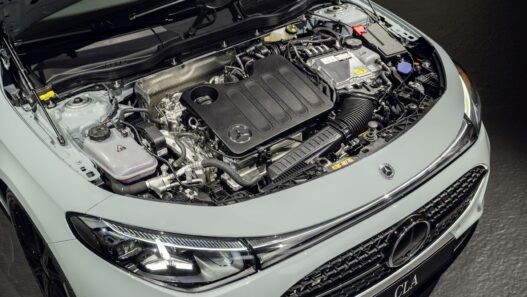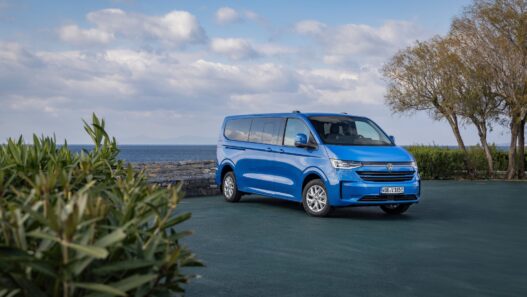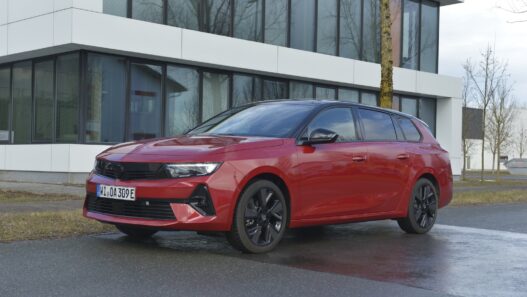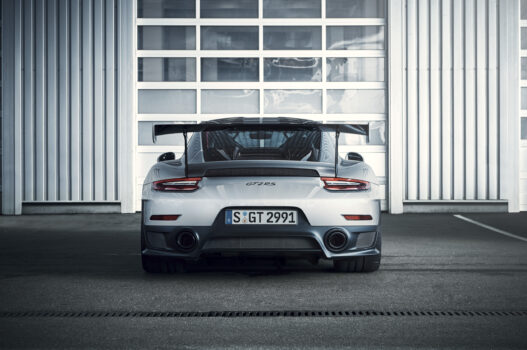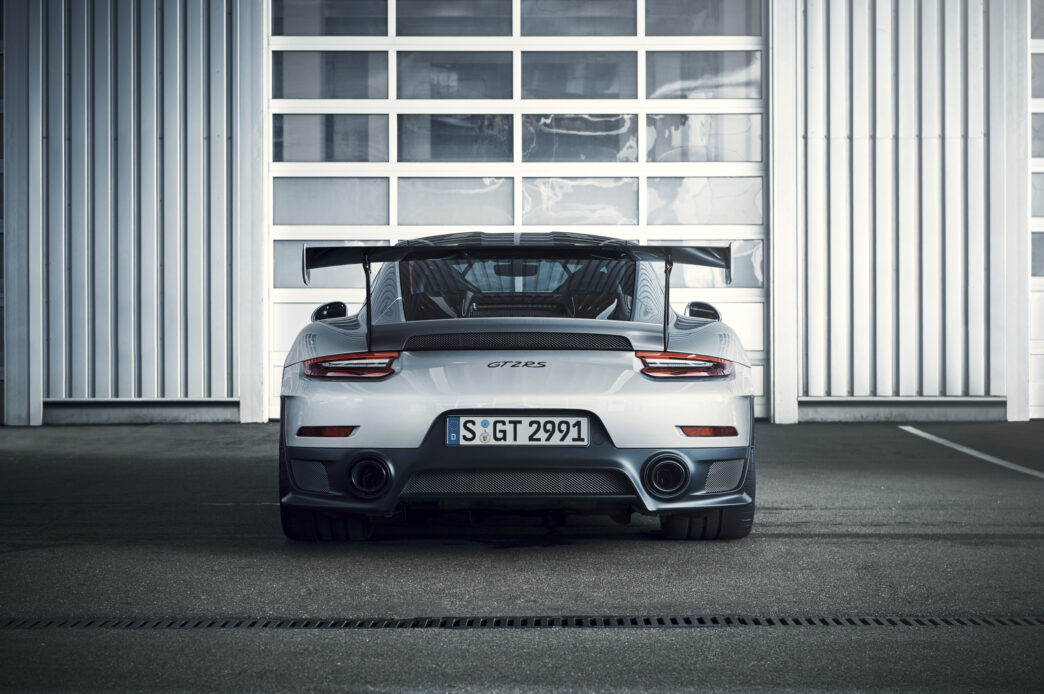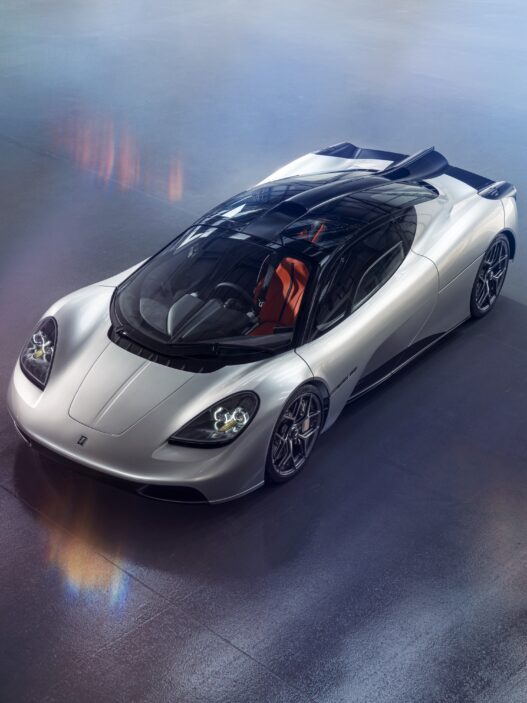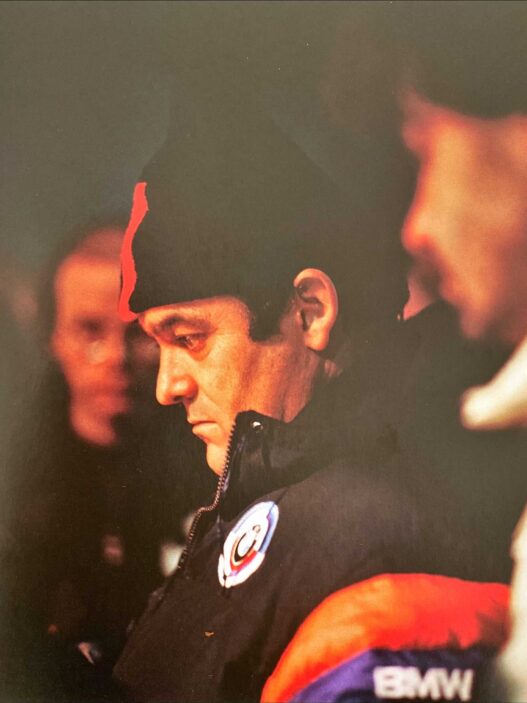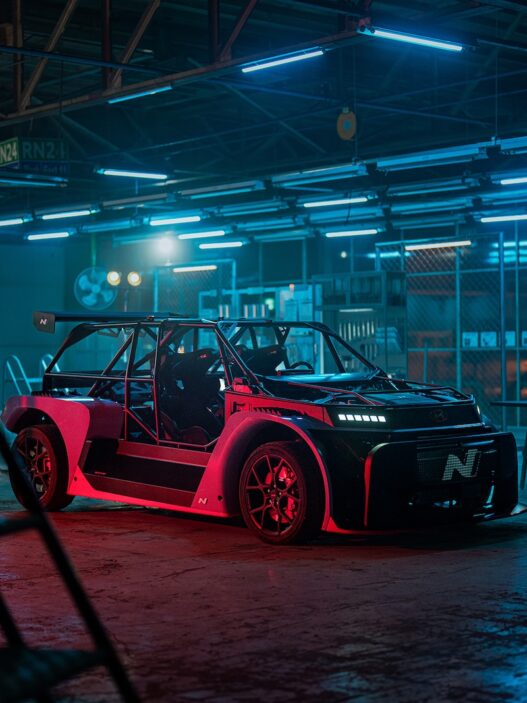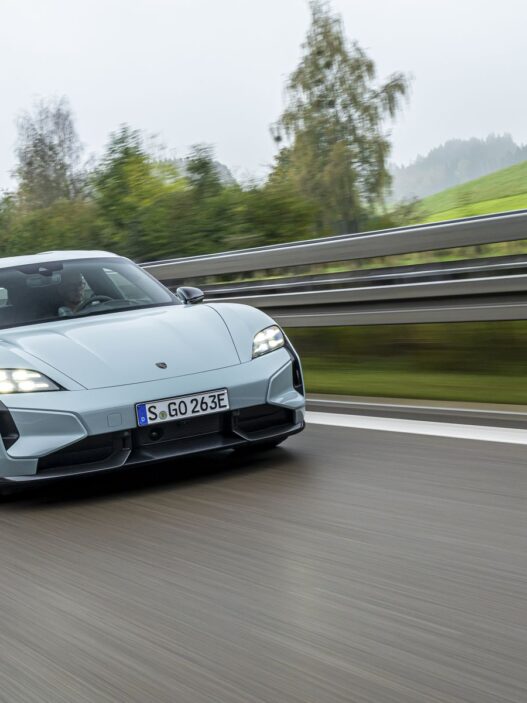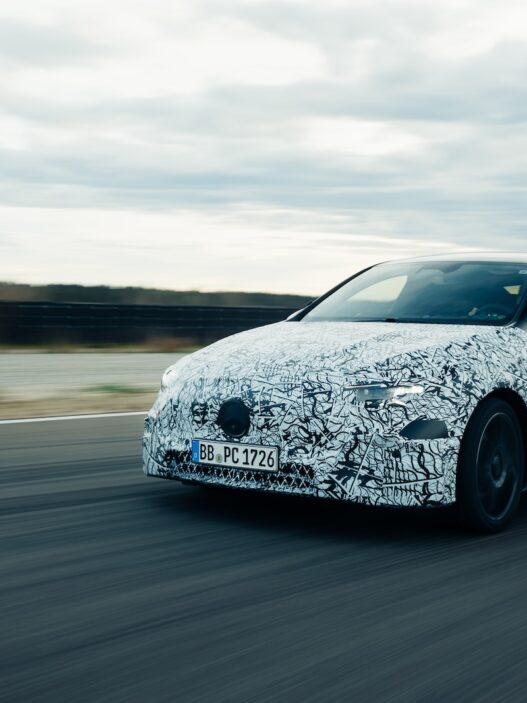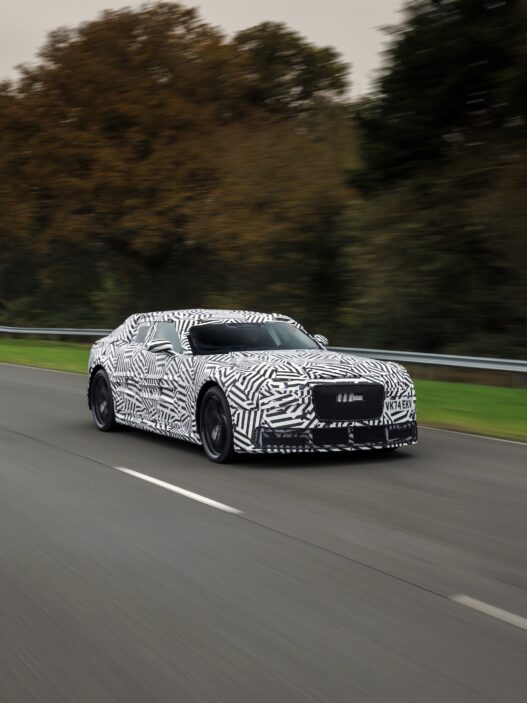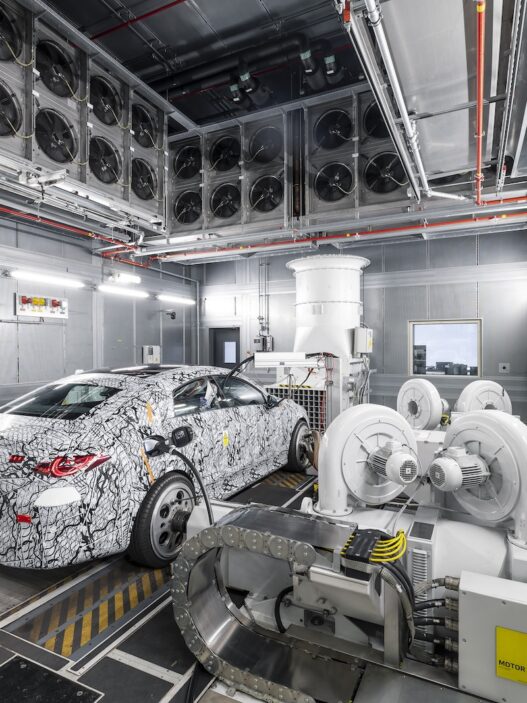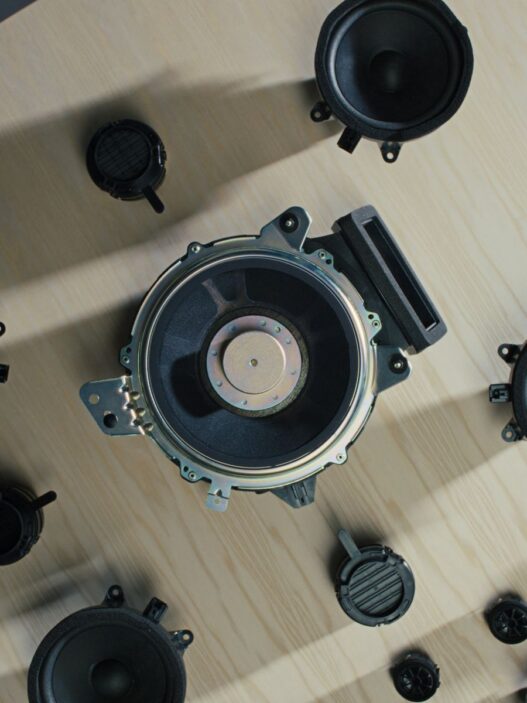A bold statement. That’s what Porsche is saying with the 911 GT2 RS. And the numbers are indeed staggering: 700 horsepower, 750 Nm of torque, 0 to 100 km/h in 2.8 seconds, 0 to 200 in 8.3 seconds, and 0 to 300 in 22.4 seconds, with a top speed of 340 km/h. This monstrous performance comes in a package that weighs just 1,470 kilograms – 1,440 if you opt for the Weissach Package.
As expected from a GT2, this is the most extreme evolution of the 911, a car that pushes the boundaries of what’s possible. But it also demonstrates how precisely Porsche engineers are shaving the edges of possibility. The previous GT2 RS also weighed 1,440 kilograms, yet it didn’t have the magnesium wheels (from the 918 Spyder, exclusive to the Weissach Package), the titanium roll cage, or a carbon fiber roof. The standard GT2 RS uses the magnesium roof from the GT3 RS, and there are now carbon fiber stabilizer bars and linkages. Sure, the old model had a manual gearbox instead of the PDK automatic transmission, which is now standard in the 991.2 GT2 RS. But let’s face it, with an extra 80 horsepower over the previous 620, you have your hands full. No one wants to worry about shifting gears manually at that speed.
The engine itself is fascinating. For the first time, a GT2 is not based on the legendary Mezger engine. The Mezger architecture had withstood the test of time – whether it was the 130 hp of the early 911s, the 250 hp of the first Turbo, or even the 845 hp of the 935/78, it handled everything. The last GT2 RS with 620 hp also relied on its tried-and-true design. But now, everything is new. Porsche has been honing its direct fuel injection (DFI) engines for seven years, tweaking them to perfection. What remains is the 3.8-liter twin-turbo engine, now equipped with variable vane geometry, water and oil cooling, and larger turbos compared to the Turbo, Turbo S, and Turbo S Exclusive models. Boost pressure is estimated to be somewhere between 1.6 and 1.8 bar, though exact figures are still pending.
There were whispers of water injection during the development process, and we were horrified. Could they really? Thankfully, no. Porsche chose not to, and for good reason: water doesn’t burn. While some manufacturers and aftermarket tuners experiment with injecting water into the combustion chamber, Porsche decided to go a more controlled route. Instead, they opted to spray water on the intercoolers under high heat and heavy loads. It’s a clever use of evaporation to cool the system. Plus, it adds a dramatic effect on the track. Imagine the car behind seeing clouds of white vapor streaming from the GT2 RS and mistaking it for an engine failure – only to realize it’s actually Porsche’s engineering flexing its muscle.
Yet, even with this system, it’s clear Porsche is walking a fine line. NACA ducts on the hood cool the brakes, massive air intakes are everywhere, and even the fenders are flared to increase downforce. Every suspension link is mounted with Uniball joints, and the GT2 RS comes standard with semi-slick tires. There’s no room for error – everything is as sharp and focused as possible.
And yes, it’s incredible. It’s wild. It’s pure. It’s as quintessentially 911 as a 911 can get. But at the same time, it’s also as far as a 911 can go. This is the pinnacle of rear-engine, rear-wheel-drive performance. With the engine behind the rear axle and the small footprint, this platform has reached its absolute limit. As rally legend Walter Röhrl once said about the GT3: “It’s probably the best we’ve ever been at hiding the fact that the 911 is fundamentally a flawed design.”
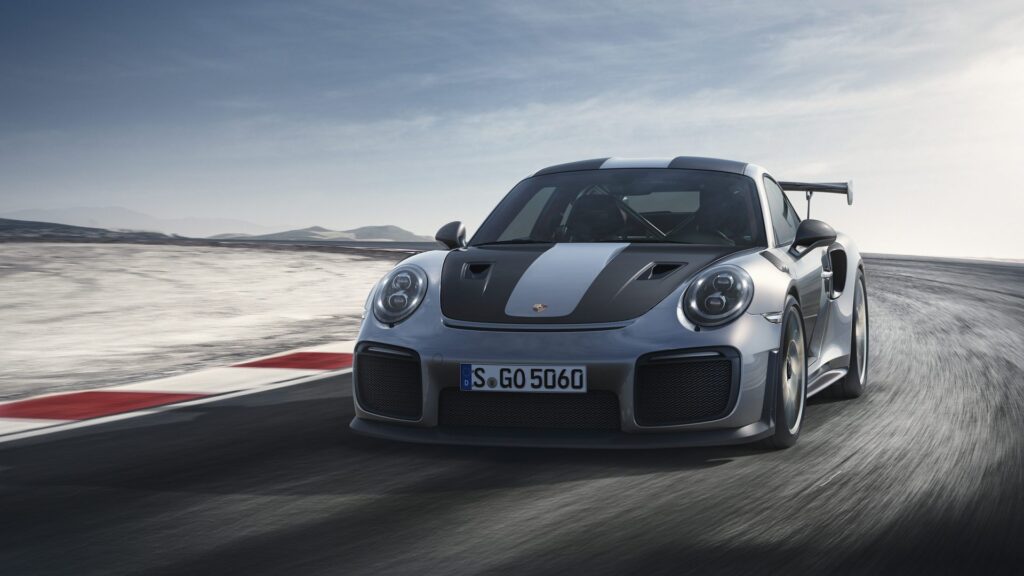
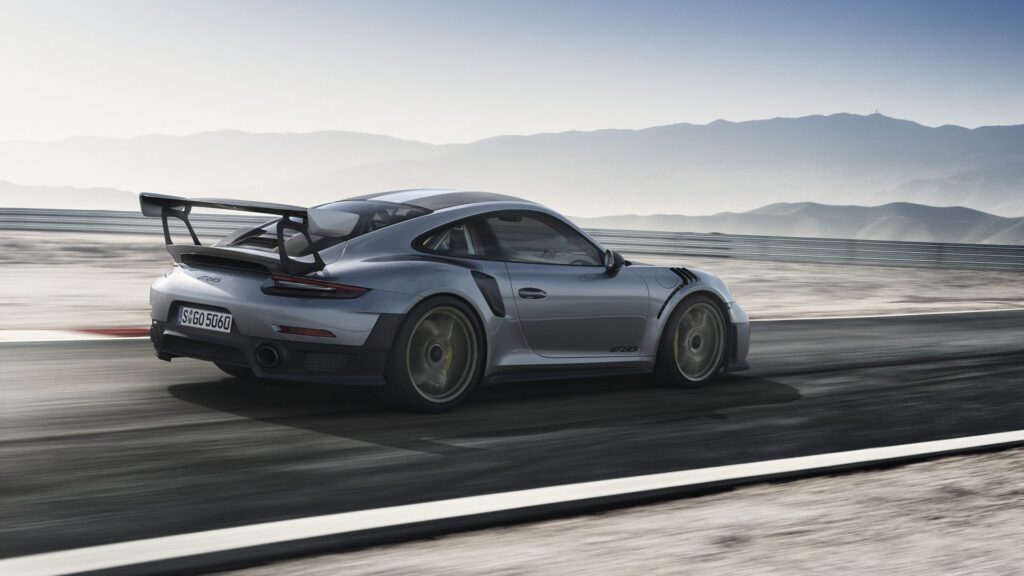
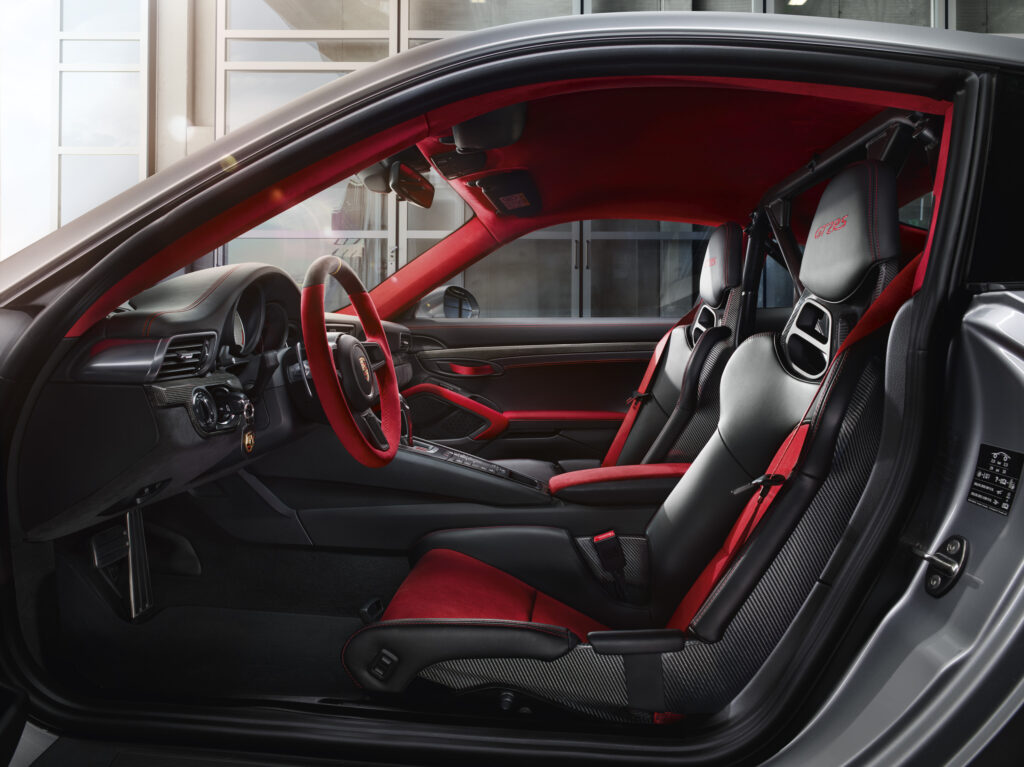
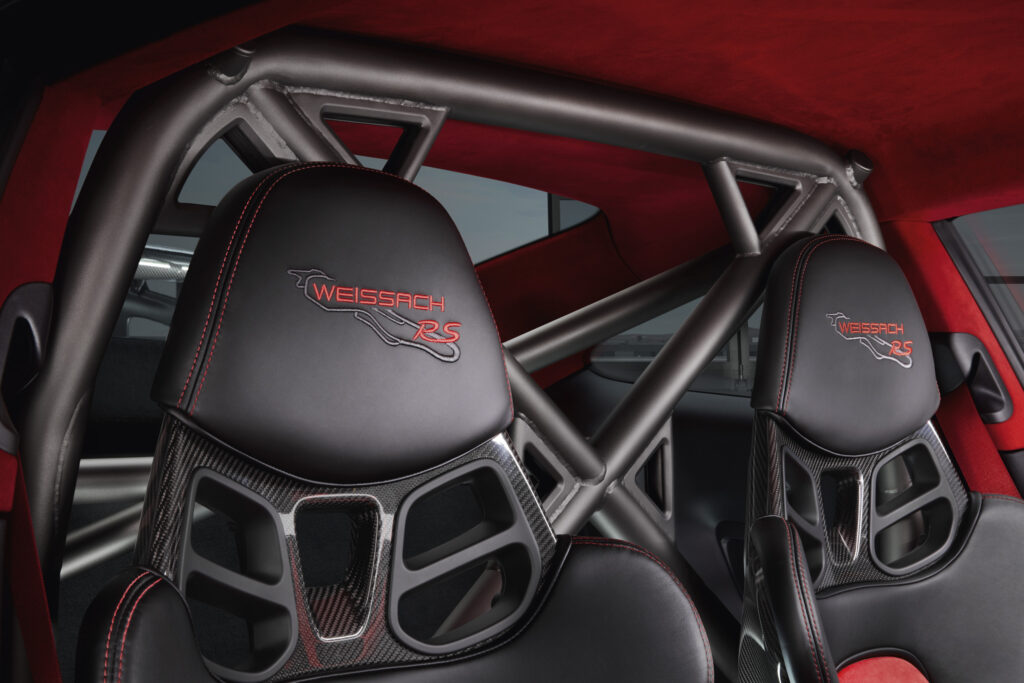
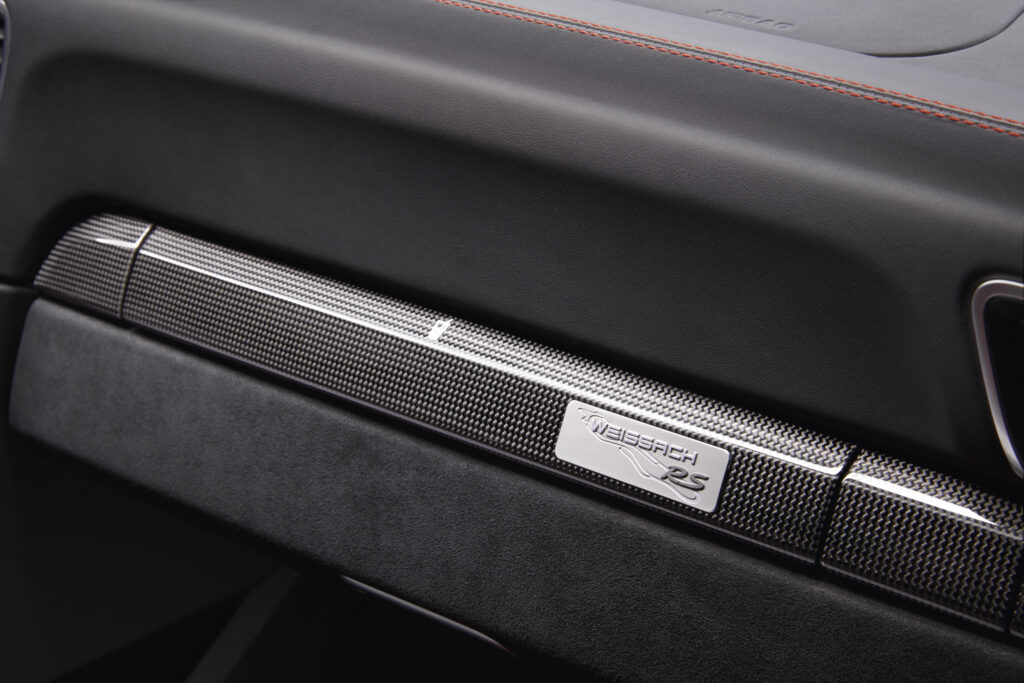
The price reflects this engineering battle. A GT2 RS with the Weissach Package costs €314,970 (€285,220 base price plus €29,750 for the Weissach variant with a titanium roll cage). To put that into perspective, a Ferrari 812 Superfast costs €282,934.40, and a McLaren 720S comes in at just €247,350. The Porsche GT2 RS, with all its technical wizardry and extreme engineering, is priced in a different realm, beyond its traditional competitors.
And yet, it’s not the prettiest 911 ever made. It’s certainly functional, but is it the most beautiful? Probably not.
Consider Le Mans. Porsche’s efforts didn’t quite cut it against the Corvettes, Ford GTs, or even the Ferrari 488s. The 911 RSR, with its new mid-engine layout – thanks to a clever regulatory loophole that allowed Porsche to shift the engine forward for better balance – still struggled against its competitors. As much as we love the 911, with all the emotion it evokes, at the highest levels of performance, other cars are now leading the way. The advancements in technology have surpassed what the 1964 911 design can offer. And as we said before: water doesn’t burn. A 911 will never be the fastest sports car. Not even when there’s a commemorative watch involved.
So, what’s next? Let the GT2 RS find its way into the hands of the brave (it’s already sold out, with around 1,000 units expected to be produced by mid-2018). But perhaps it’s time to give the 911 a big brother. Maybe something below the 918, perhaps a modern-day 904?


